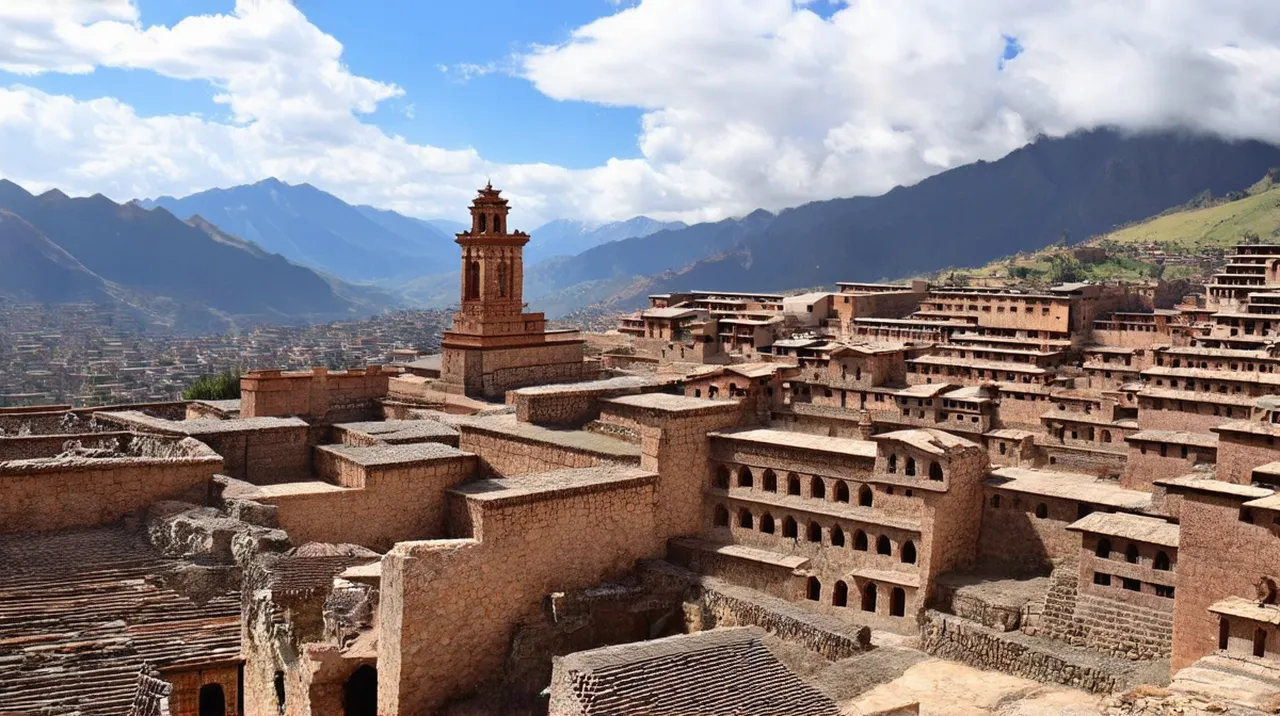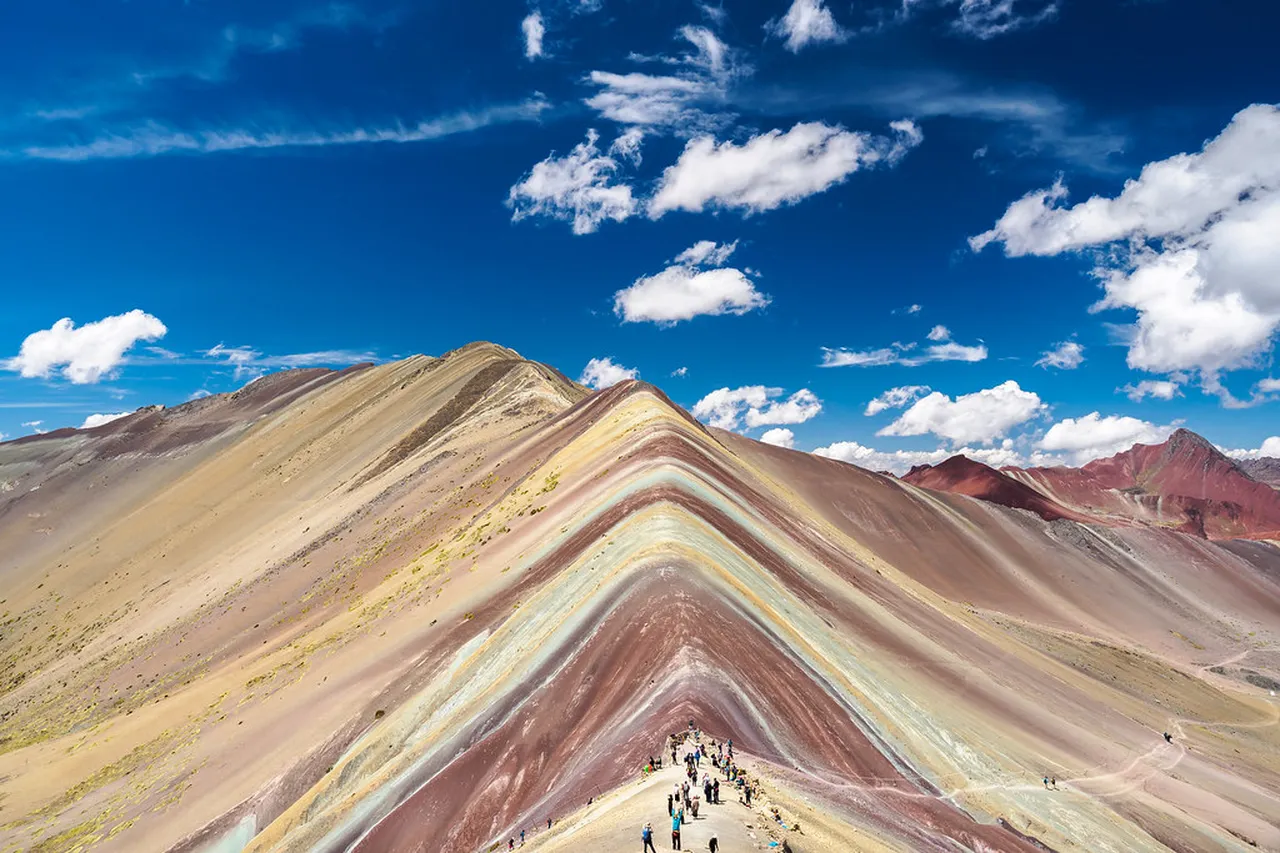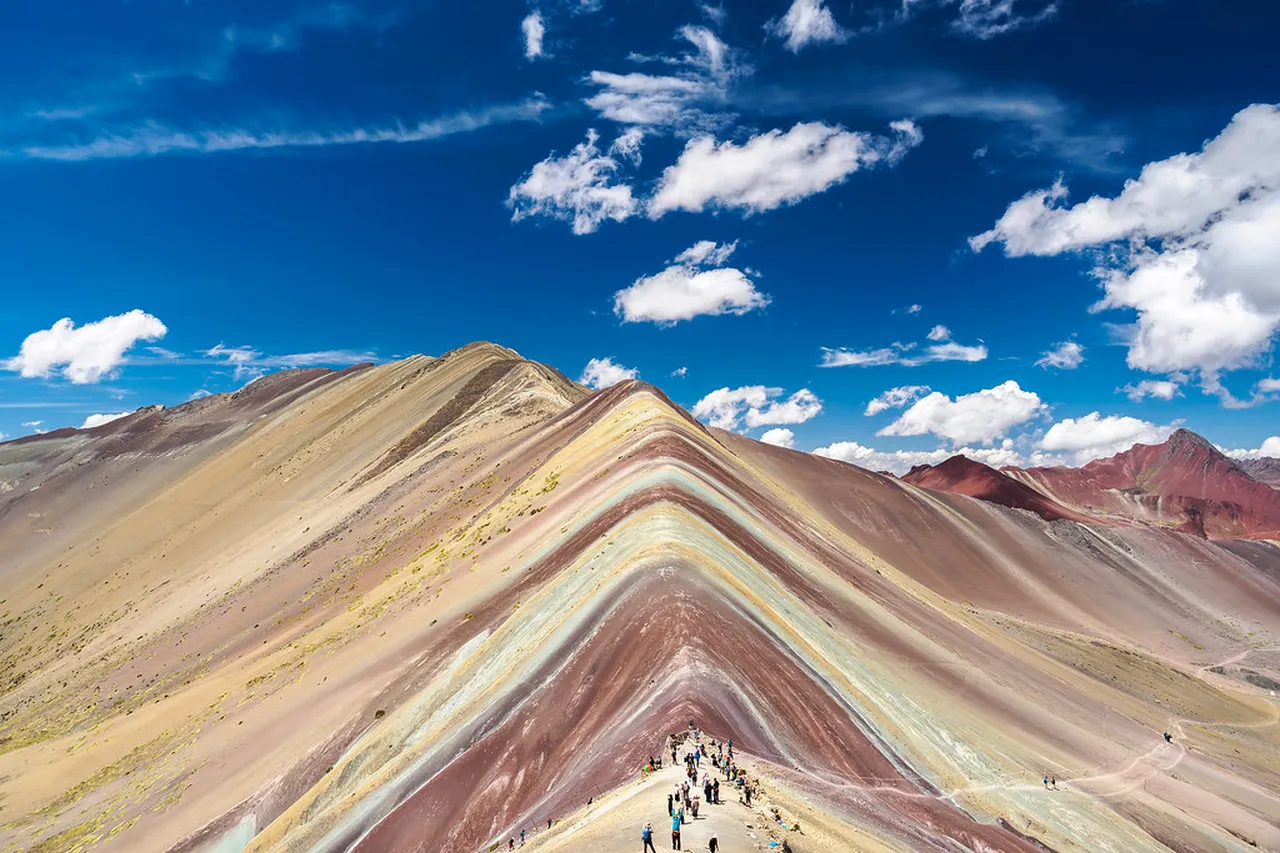
Cuzco Landmarks: Top 10 Must-See Historical Sites
Table of Contents
Cuzco Landmarks: Historic Sites Not to Miss
Cuzco, the historic capital of the Inca Empire, is a treasure trove of remarkable landmarks that reflect its rich cultural heritage. As you wander through its charming streets, you’ll encounter a stunning blend of Inca and colonial architecture, set against the backdrop of the majestic Andes mountains. In this article, we will explore the top 10 must-see Cuzco landmarks, each telling its own story and offering a glimpse into the city’s vibrant past. Whether you’re an avid historian or a curious traveler, these landmarks will captivate your imagination and deepen your appreciation for Cuzco’s unique heritage.
Want to find the best travel deals for this destination? unlock adventure planner with our adventure planning specialist!
1. Sacsayhuamán: The Magnificent Inca Fortress

Sacsayhuamán, an impressive archaeological site just outside of Cuzco, stands as a testament to the architectural prowess of the Incas. Built with massive stones, it showcases their advanced engineering and skill. During my visit, I found the panoramic views of the city to be absolutely breathtaking.
Interestingly, Sacsayhuamán was not only a military stronghold but also a ceremonial site. Thus, exploring its numerous walls and pathways immerses you in the rich history of the Inca Empire. Make sure to take your time as you wander through, as each stone has an incredible story to tell. Pro Tip: Try visiting at dawn to catch the sunrise, which casts a magical light over the fortress.
2. Qorikancha: The Temple of the Sun

Located in the heart of Cuzco, Qorikancha was once considered the most important temple in the Inca Empire. Dedicated to Inti, the Sun God, this stunning site reflects the Incas’ profound respect for nature. As I explored, the remnants of its once-glorious walls were a remarkable sight.
Subsequently, the Spanish built the Santo Domingo church directly on top of the temple, blending Inca and colonial architecture. You can observe this fascinating mix during your visit. Moreover, it’s also essential not to miss the luminous gardens surrounding the site, which enhance its serene atmosphere.
3. Plaza de Armas: The Heart of Cuzco

The Plaza de Armas is not only the main square of Cuzco but also the bustling center of activity and Culture. It is surrounded by beautiful colonial buildings, including the Cusco Cathedral and the Church of La Compañía de Jesús. During my time there, I felt the vibrant energy that flows through this iconic area.
Additionally, the plaza serves as a perfect spot to enjoy some local cuisine, with numerous restaurants and cafés lining the square. Whether you’re sipping a coffee or tasting traditional Peruvian dishes, the ambiance is delightful. Remember, the Plaza de Armas is also an excellent place for people-watching, so take a break and soak in the diverse atmosphere.
4. Cusco Cathedral: A Blend of History and Religion

The Cusco Cathedral, also known as the Catedral del Cusco, stands as a testament to the city’s rich spiritual and cultural heritage. Located in the main square, the Plaza de Armas, this architectural wonder is a mix of Gothic and Renaissance styles. When you step inside, you will be amazed by its intricate altar, featuring stunning silver finishes and beautiful paintings from the Quito school.
This historic site is not just a place of worship, but a reflection of the Spanish colonization of Peru, where indigenous and European influences blend harmoniously. Therefore, visiting the cathedral offers insight into both the religious and historical narratives of Cuzco. Pro tip: Allocate time to admire the mature wood carvings and the fascinating paintings that adorn the walls.
5. Qenko: An Ancient Ceremonial Site

Qenko, an ancient ceremonial site located a short distance from Cuzco, is renowned for its incredible rock formations and ritual significance. The name “Qenko” translates to “zigzag” in Quechua, reflecting the unique patterns etched into the stone. As you explore this intriguing landmark, notice the carved altar that was likely used for sacrificial offerings.
Moreover, the site is surrounded by lush greenery, making it a peaceful retreat. You will also find that Qenko is a perfect spot for photography, especially in the early morning light. Visiting Qenko allows you to connect with Peru’s rich history while enjoying the tranquility of nature.
6. San Blas: The Artistic Neighborhood of Cuzco
San Blas is famed as the **artistic heart** of Cuzco, where narrow cobbled streets are lined with artisan shops and galleries. The neighborhood is vibrant and alive with creativity, showcasing the works of skilled craftsmen. Transitioning from shop to shop, you will discover everything from handcrafted jewelry to traditional textiles.
Additionally, San Blas boasts the picturesque San Blas Church, which features an impressive pulpit carved from a single piece of wood. As you explore this artistic enclave, be sure to indulge in the local cafes that offer delightful views of the Sacred Valley. The atmosphere is perfect for reflecting on your day’s experiences while enjoying a cup of Peruvian coffee.
7. Ollantaytambo: A Living Inca Town and Ruins
Ollantaytambo is a unique destination on your journey through Cuzco landmarks. This charming village is not only known for its stunning Inca ruins but also for being a living example of Inca urban planning. When you explore Ollantaytambo, you’ll encounter impressive terraced hillsides that overlook the town, creating a breathtaking backdrop.
Furthermore, the ruins themselves are a testament to Inca architecture. Visitors often marvel at the Temple of the Sun and the monumental structures that display advanced stonework. Interestingly, the town’s layout has remained largely unchanged since the time of the Incas, giving you a glimpse into their traditions and way of life.
8. The Inca Museum: Unearthing Cuzco’s History
Located in the heart of Cuzco, the Inca Museum offers an enriching journey into the ancient past of the Incas. As you step inside, expect to see a plethora of artifacts that narrate the history of this remarkable civilization. From ceramics to textiles, every exhibit Highlights the intricate craftsmanship of the Inca people.
In addition to its exhibitions, the museum also provides insightful information on Cuzco’s landmarks and their significance. If you’re a history enthusiast, this museum is a must-visit. Don’t forget to check out the original mummies!
9. Coricancha Garden: A Serene Escape in the City
While exploring Cuzco, the Coricancha Garden provides a refreshing escape from the bustling city. Known as the garden of the former Temple of the Sun, this tranquil oasis is beautifully landscaped and filled with vibrant flora. It was also here that the Incas dedicated their worship to the Sun God, Inti.
Visiting the garden allows you to not only connect with nature but also understand the historical significance behind the location. Moreover, it’s a peaceful spot for relaxation and reflection after visiting other Cuzco landmarks. As you stroll through, take a moment to enjoy the blend of history and tranquility.
10. Tambomachay: Water Temple of the Incas
Located just a few kilometers from the bustling heart of Cuzco, Tambomachay is one of the essential Cuzco landmarks that offers a glimpse into the advanced engineering of the Inca civilization. Often referred to as the “Water Temple”, this site is known for its mesmerizing aqueducts, canals, and waterfalls that still flow today.
The tranquil setting of Tambomachay is complemented by its well-crafted stone structures, which showcase the Incas’ remarkable architectural skills. As I explored the area, I found that many visitors often take the opportunity to meditate by the flowing water, creating a serene atmosphere.
Moreover, this archaeological site served as a place of worship and a ceremonial center dedicated to water, making it a critical part of Incan spirituality. In fact, planning to visit during the dry season will enhance your experience, as the clarity of the water features is particularly stunning. Don’t forget your camera, as the scenic beauty is definitely Instagram-worthy!
Cuzco’s landmarks are a testament to its illustrious history and vibrant Culture, offering a fascinating look at the Inca civilization and its enduring legacy. Each site tells a unique story, inviting visitors to dive deeper into the rich tapestry of the city. From the awe-inspiring Sacsayhuamán to the serene gardens of Coricancha, every landmark enhances your experience in Cuzco. Are you ready to explore these historical treasures? Share your plans in the comments below, and don’t forget to save this guide for your journey!